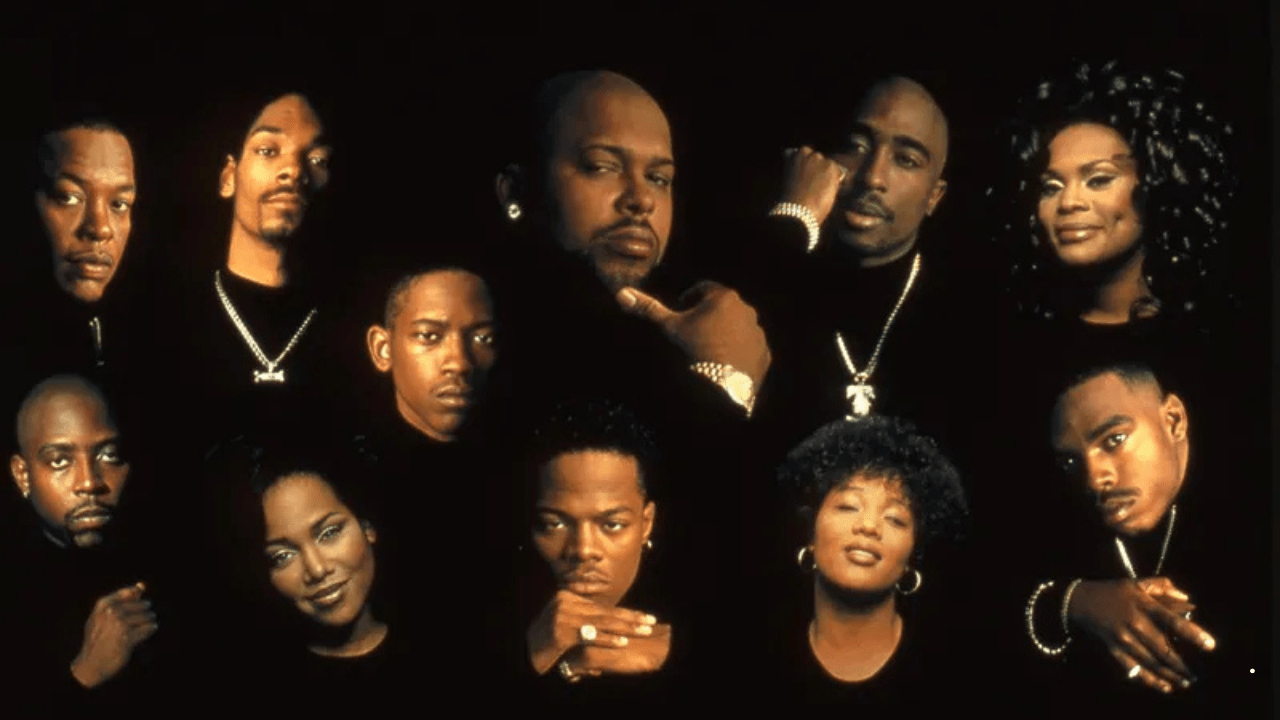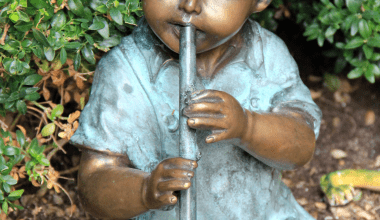Art transcends boundaries, even those as limiting as prison walls. Death row artists are individuals who, despite facing the most isolating and harrowing circumstances, channel their emotions, thoughts, and experiences into artistic expression. Their works resonate with humanity, evoking questions about life, morality, and redemption.
For many, art becomes a sanctuary, a way to cope with their reality and to leave a legacy. These individuals often begin their artistic journeys with little or no prior training, discovering their talent in the solitude of incarceration. Their stories and creations provide a window into a world rarely understood.
Creativity Born From Confinement
Death row artists face the constant reality of their mortality. This environment fosters a unique kind of creativity. With limited resources and tools, many of these artists improvise, turning basic materials like pencil stubs, scraps of paper, or even coffee grounds into instruments of creation. The constraints they face often push their ingenuity to remarkable heights.
Their works range from intricate pencil sketches to vivid paintings, all reflecting their inner turmoil, hopes, and regrets. The creative process offers an escape, however brief, from the bleakness of their surroundings.
Themes That Emerge in Their Work
The art of death row artists often reveals recurring themes. Freedom, justice, guilt, and redemption are common motifs. Many pieces serve as reflections of the artists’ lives before imprisonment, offering glimpses of their upbringing, struggles, and dreams. Others are deeply introspective, depicting their emotional journeys and the weight of their sentences.
The raw honesty in their work creates a profound connection with viewers. It’s a reminder of the human capacity for growth and change, even in the face of dire circumstances.
The Role of Art in Rehabilitation
For some, creating art on death row is not just a form of self-expression but also a path toward rehabilitation. While society often views death row inmates through the lens of their crimes, their art can shift perspectives. It humanizes them, showcasing their capacity for reflection, creativity, and growth.
Art programs in prisons have played a significant role in fostering this creative outlet. These initiatives provide inmates with materials and guidance, encouraging them to explore their talents. For death row artists, such programs can be life-changing, offering a purpose in an otherwise grim reality.
Stories of Notable Death Row Artists
Throughout history, there have been several death row artists whose works have gained recognition. Their stories highlight the transformative power of art.
- John Wayne Gacy: Known for his dark past, Gacy created a series of paintings while on death row. His works, particularly those of clowns, garnered significant attention, sparking debates about the intersection of art and morality.
- Mumia Abu-Jamal: Although not an artist in the traditional sense, Abu-Jamal’s writings and advocacy from death row have inspired countless people. His story emphasizes the broader spectrum of creative expression beyond visual arts.
- Manny Babbitt: A Vietnam War veteran, Babbitt turned to painting during his time on death row. His works often reflected the trauma of war and the complexities of his life.
The Debate Surrounding Their Art
The art created by death row inmates often raises ethical questions. Should society celebrate the works of individuals who have committed heinous crimes? Can their art be separated from their actions? These debates challenge our perceptions of morality and justice.
While some view their art as a means of profit or glorification, others see it as a testament to the human spirit’s resilience. Art, in this context, becomes a powerful medium for dialogue and understanding.
Preserving Their Legacy
Organizations and individuals have taken steps to preserve the works of death row artists. Exhibitions, online galleries, and publications showcase their creations, ensuring their voices are heard. These efforts not only highlight their artistic talents but also shed light on the broader issues within the criminal justice system.
Conclusion: A Legacy Beyond the Bars
Death row artists remind us of the transformative power of creativity. Their works challenge societal norms, evoke deep emotions, and provide a glimpse into lives often dismissed. Through their art, they leave a legacy that transcends their circumstances, proving that even in the darkest corners, creativity can thrive.
For further reading, explore these related articles:
For additional resources on music marketing and distribution, visit DMT Records Private Limited.





